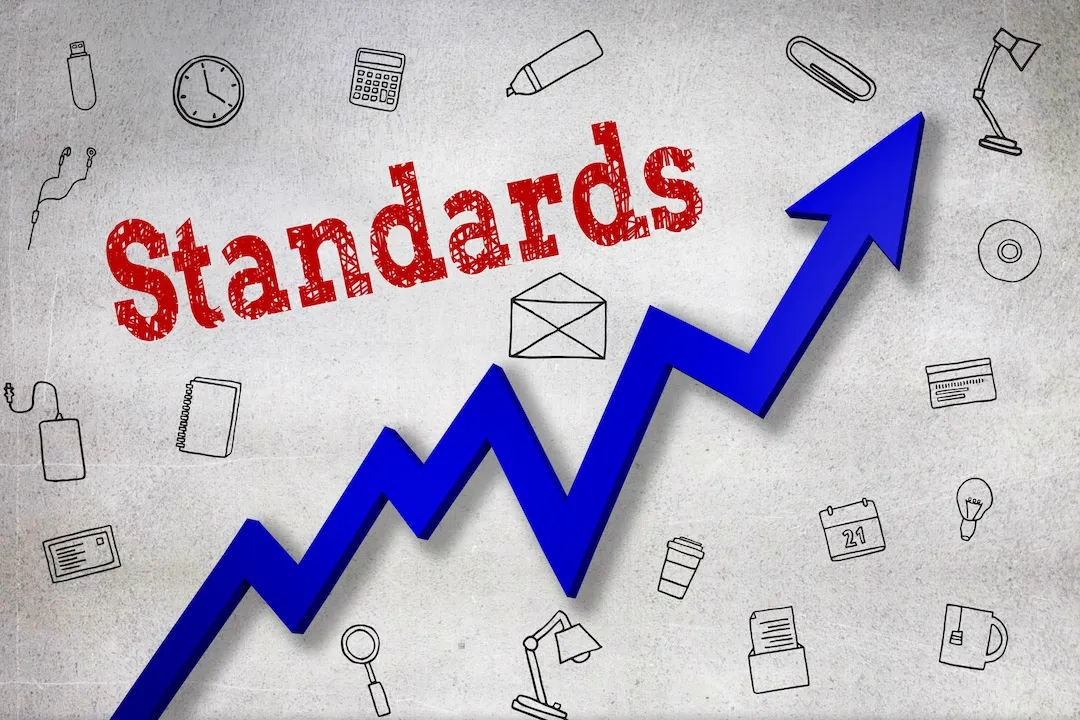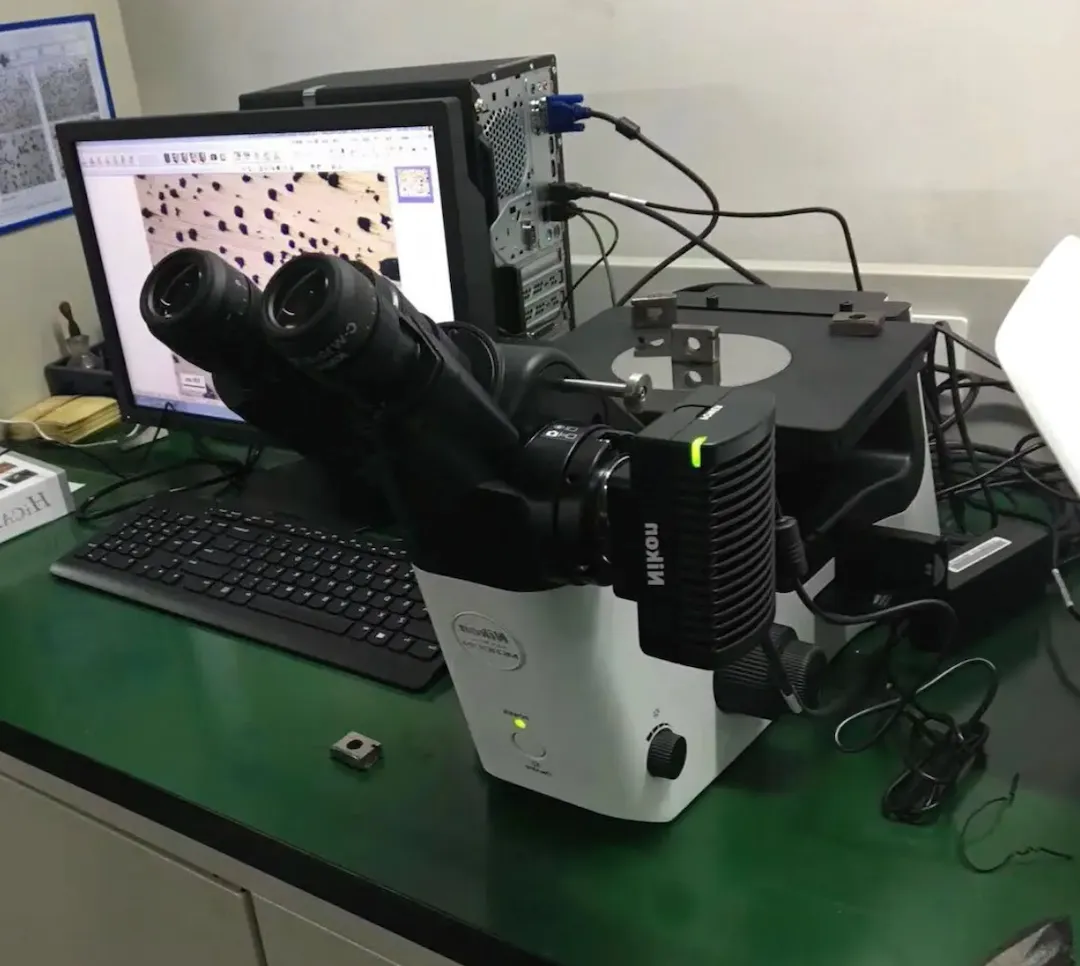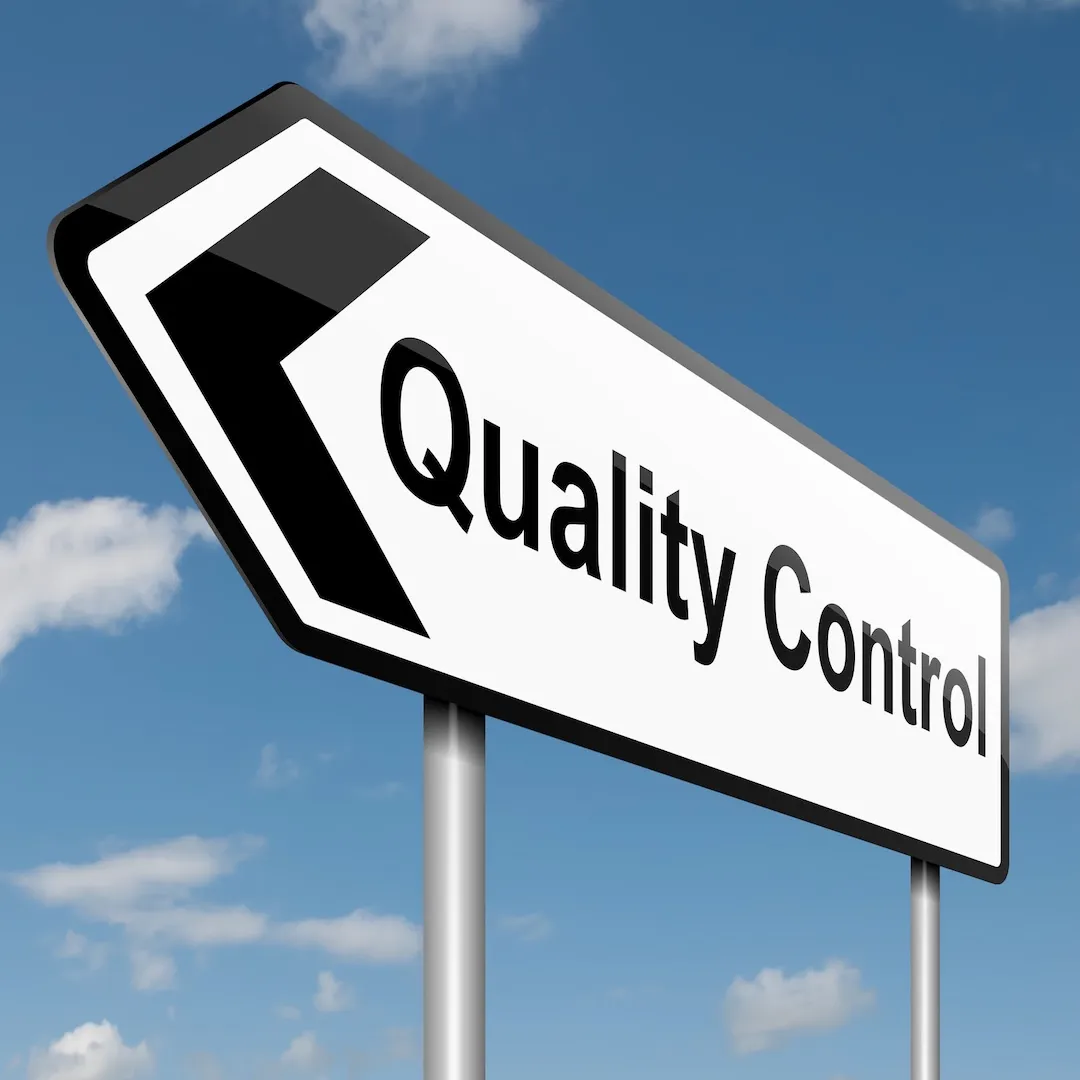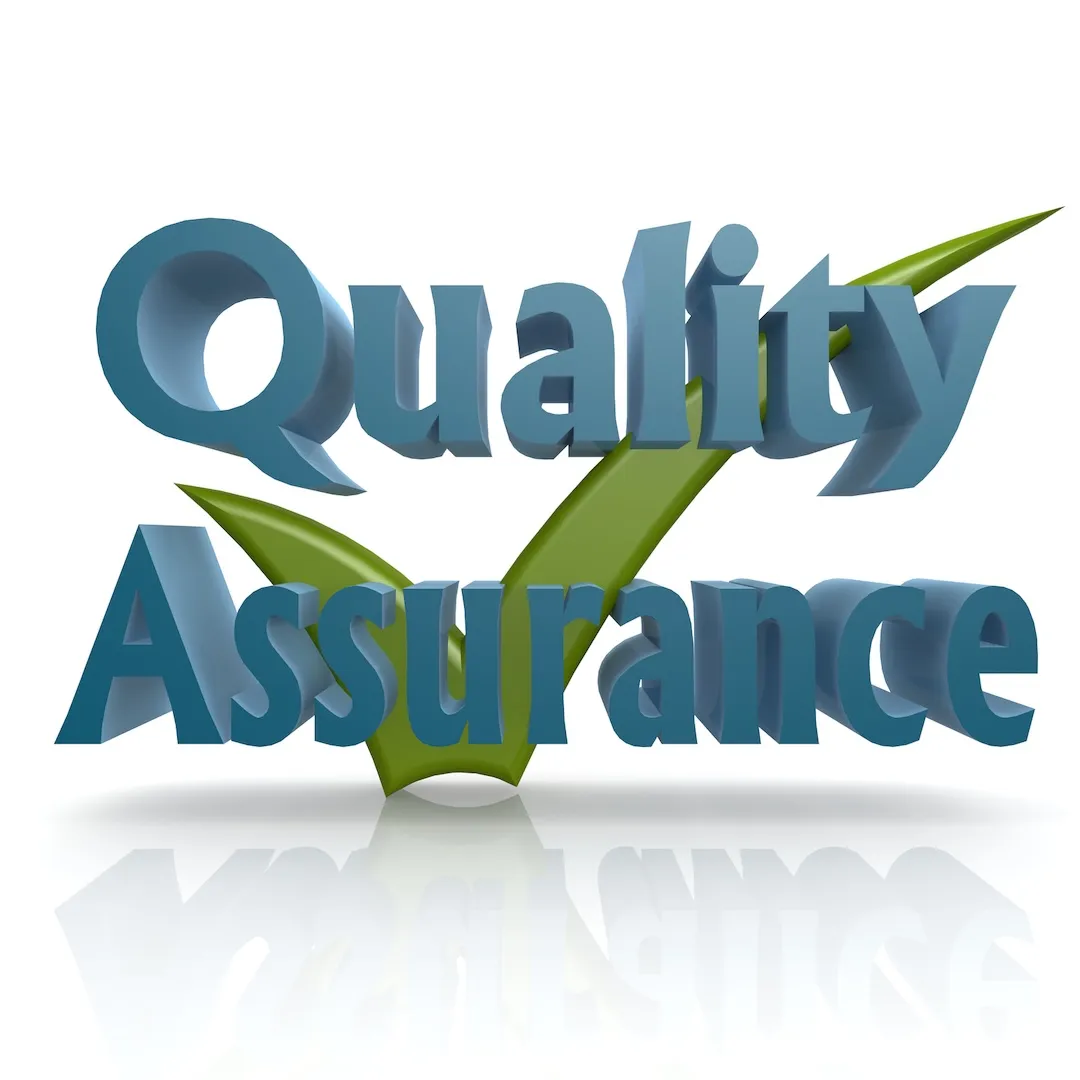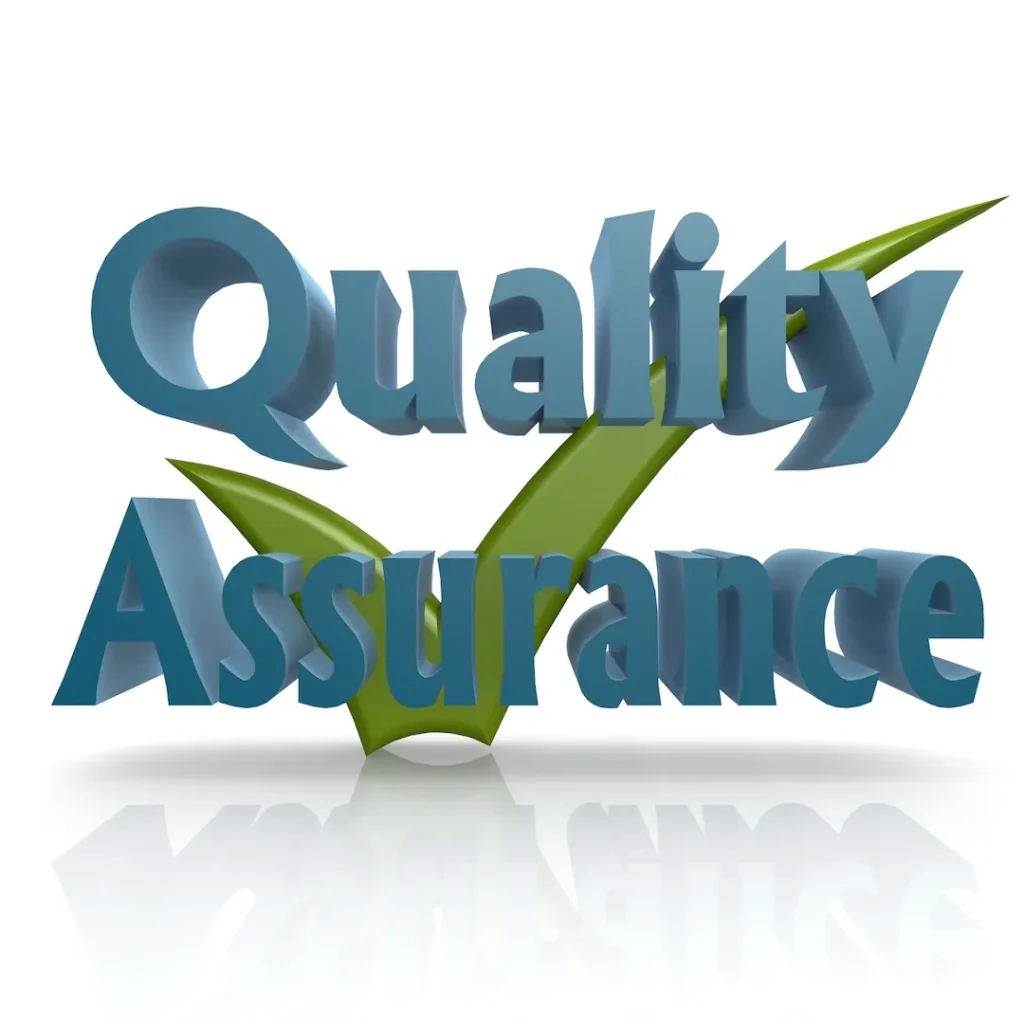
概要 & Purpose
Able Hardware provides export-ready QA documents that shorten approvals and reduce risk for robotic MIG-welded frames and carts. This page explains what we issue—COA/OQA, CMM dimensional reports, そして PPAPの基本—and when to request each. Units are metric (んん, ℃, μm, N). For the wider framework (標準, testing, パッケージング), See ourQuality Hub and related clusters: 溶接標準 そしてテスト.
Why QA documents matter for welded frames & carts
Clear, traceable documents connect drawings/GD&T to inspection evidence. They let you release lots faster, support incoming QC, and lock in repeatability for SOP and ongoing production.
How this page fits into our Quality hub
This guide focuses on document deliverables. For weld acceptance (ISO 5817, ISO 2553), NDT options, corrosion/finish tests, and packaging methods, follow the links above—or cross-link to our robotic welding, レーザー切断, 仕上げ, custom frames, welding trolley carts, そして パッケージング & shipping.
COA / OQA (Lot-Level Documents)
COA/OQA (also seen as “OA”) is the lot/shipment-level report that confirms material/finish evidence and key visual/dimensional checks prior to dispatch.
When they are required & what they cover
Typically issued for every lot or per shipment. Ideal for steady-state production where the drawing, acceptance criteria, and fixtures are already validated.
What to include (checklist) & acceptance criteria
- PO/Part/Rev; Lot/Qty
- Material cert summary (heat/lot No.)
- Finish evidence (thickness readings; coating spec)
- Key dimensions (pass/fail vs drawing/CTQs)
- Visual/weld acceptance class (ISO 5817 紀元前; inspection per ISO 17637)
- Packaging conformance (KD/nested, 保護)
- Inspector sign-off and date
- Photo appendix (optional for high-cosmetic parts)
Sample COA/OQA structure (brief)
Header → Material & Finish Evidence → Key Dimensions (table) → Visual Acceptance Statement → Packaging Checklist → Sign-off → Photos.
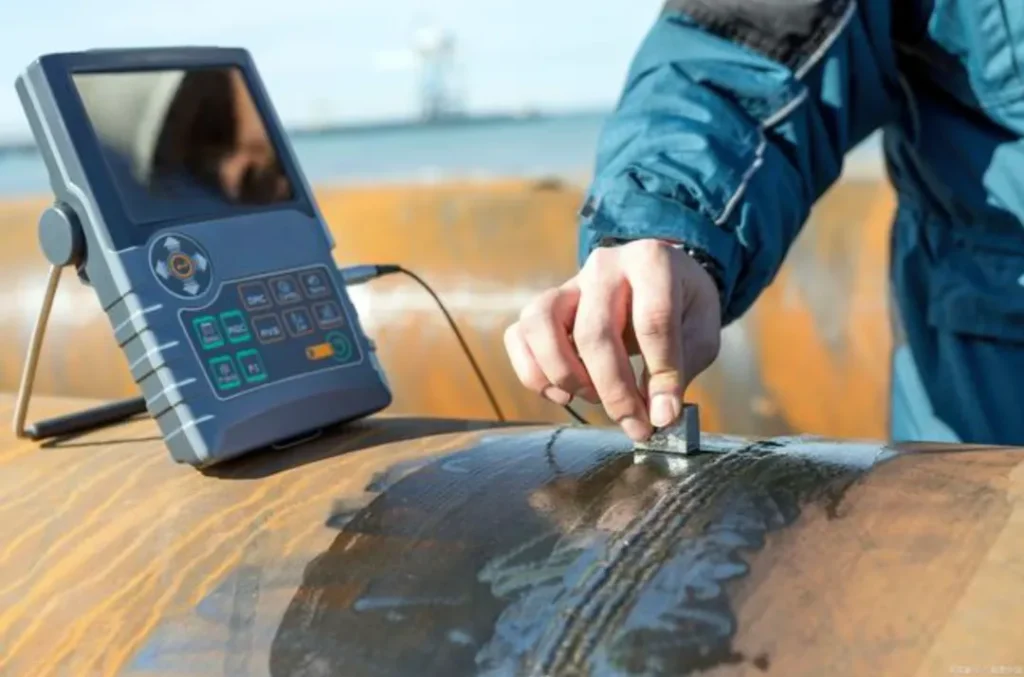
CMM Dimensional Report (Feature-Level)
三次元測定機 reports provide feature-level verification against drawing/GD&T using a defined datum scheme.
Datum scheme (A/B/C) & GD&T coverage
We set up A/B/C datums per your drawing and report GD&T results (平坦度, perpendicularity, parallelism, position) on CTQs. General welded tolerances follow ISO 13920; machined features follow ISO 2768; thermal cut quality aligns to ISO 9013.
Measurement setup, 環境 & feature table
Each CMM report identifies part/Rev, datum setup, CMM model/SN/calibration, 環境 (°C/RH), program ID, operator, and a feature table with nominal/tolerance/actual/deviation/result. Ballooned drawing references ensure traceability.
When to request CMM (FAI, periodic, change) and deliverables
- FAI (first-article) before SOP
- Periodic (例えば。, every Nth lot) for capability snapshots
- On change (デザイン, プロセス, tooling, material/finish) Deliverables: PDF + CSV/XLS feature exports; photo of datum fixturing if needed.
PPAP Basics (Agreed Subset)
For non-automotive welded frames/carts, we provide a Level 2/3-style subset tailored at RFQ.
Typical level (2/3) and element list
By agreement, elements may include:
- Design record & ECN history
- Process Flow Diagram (cut → prep → weld → finish → pack)
- PFMEA (welding heat input, 備品, コーティング, packing)
- Control Plan (incoming/in-process/final with methods/specs)
- Dimensional Results (CMM/fixtures on CTQs)
- Material Certifications (steel grade heats; ファスナー)
- WPS/PQR & operator qualifications (ISO 15614-1 / AWS D1.1; ISO 9606-1)
- Finish evidence (厚さ, adhesion, corrosion targets)
- MSA/Gage R&R (as applicable)
- Initial process capability on 1–3 CTQs (if required)
- Appearance approval (if cosmetic)
- Sample/Master Sample & checking aids list
- PSW (Part Submission Warrant)
Control Plan, PFMEA & capability snapshots
Control plans link CTQs to methods, frequencies, and reaction plans. PFMEA ranks risks so controls are proportionate. Capability snapshots (where required) demonstrate stability at SOP.
Submission timing before SOP & on changes
Submit before SOP; re-submit on significant change (design/process/tooling/material/finish/packaging).
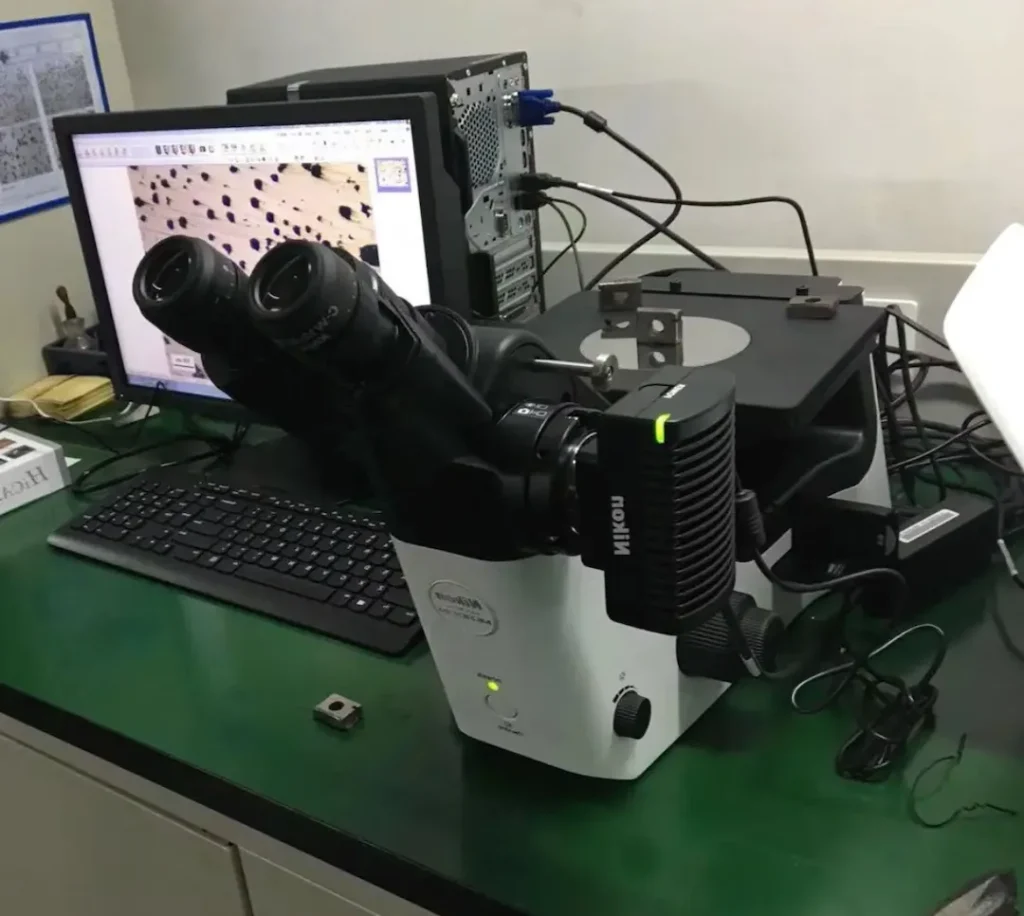
Deliverables & Frequency
Every lot vs FAI vs periodic audits
- Every lot: COA/OQA
- FAI: 三次元測定機 + PPAP basics subset
- Periodic: CMM on CTQs; audit vs control plan
Who signs & how we store/trace documents
QA signs each packet. We store PDFs and data tables with lot/date indexing so you can trace back to material/finish lots and fixture/program revisions.
規格 & Methods Referenced
溶接, inspection, NDT, dimensional & finishing standards
- Quality system aligned to ISO 3834; ISO 9001 scope on request
- Weld symbols ISO 2553; acceptance ISO 5817 (紀元前)
- 目視検査 ISO 17637; NDT MT/PT/UT/RT per ISO 17638/17640/17636
- Dimensional: ISO 13920, ISO 2768, ISO 9013
- Finish evidence: ISO 9227 (salt spray), ASTM D3359 (adhesion), ASTM D4060 (摩耗)
- Sampling: ISO 2859-1 (AQL); MSA/Gage R&R as applicable
Packaging & Labeling Quality
KD/nested packing, edge/paint protection, ISPM-15, labels
We pack KD/nested with edge and paint protection; ISPM-15 pallets/crates available. Barcodes/labels (SKU, PO, Rev) support rapid receiving. See Packaging & Shipping.
Photos/pack lists included in QA packet (as required)
When requested, we add pack photos and checklists to your COA/OQA to validate packaging compliance.
Data Formats & File Naming
PDF + CSV/XLS exports and recommended naming convention
We deliver PDF reports and optional CSV/XLS feature tables. Recommended naming: {Customer}-{PartNo}-{Rev}-{DocType}-{LotOrDate}.pdf (例えば。, OEM123-FrameA-RevC-COA-2025-09-11.pdf).
How to request custom templates
Provide your template at RFQ or specify required fields and signature blocks; we’ll map our data to your format.
よくある質問
Q1: What’s the difference between COA and OQA?
They’re often used interchangeably; both summarize lot-level evidence (material/finish, key visuals/dimensions) and sign-off before shipment.
第2四半期: Which features go to CMM?
CTQs, datum-related features, and GD&T-controlled items (平坦度, perpendicularity, position) defined on the drawing and control plan.
Q3: What does “PPAP basics” include?
A Level 2/3-style subset agreed at RFQ: design record, PFMEA, control plan, dimensional results, 材料証明書, WPS/PQR/qualifications, finish evidence, PSW, and more as needed.
Q4: How are acceptance levels set?
Weld acceptance per ISO 5817 (紀元前) and visuals per ISO 17637; tolerances per ISO 13920/2768; sampling per ISO 2859-1 if specified.
Q5: How are changes controlled?
We track ECNs and re-submit PPAP basics for significant changes (design/process/tooling/material/finish/packaging).
Q6: What formats do you provide?
PDF for all reports; CSV/XLS for CMM feature tables; photos for FAI/packaging as requested.
Q7: What affects cost and lead time?
Scope of CMM features/CTQs, PPAP elements, NDT coverage, finish testing hours/targets, and packaging/photo requirements. We quote ranges first, then finalize after alignment.
Call to Action
Upload your drawings and required QA deliverables (COA/OQA, CMM scope, PPAPの基本), and we’ll propose an efficient plan and cost range.
引用を要求
Related 品質 リソース:
